Flowering Crabapple Trees: Learn How To Plant A Crabapple Tree


Growing crabapple trees in the landscape is commonplace for many homeowners, but if you haven't yet tried it, you may be asking, “How do you grow crabapple trees?” Continue reading to find out how to plant a crabapple tree as well as how to care for a crabapple tree in the landscape.
Flowering Crabapple Trees
Often called “the jewels of the landscape” flowering crabapple trees create four seasons of outstanding visual impact. In spring, the tree leafs out while the flower buds swell until they burst open to reveal fragrant blossoms in shades that range from white or pale pink to red. As the flowers fade, they are replaced by small fruit that are relished by birds and squirrels. Most crabapple trees have vibrant fall colors, and once the leaves fall, the fruit stands out against the bare or snow-covered branches. The fruit often lasts well into the winter months. The difference between an apple and a crabapple is the size of the fruit. Fruit less than 2 inches (5 cm.) in diameter are considered crabapples, while larger fruit are called apples.
How to Plant a Crabapple Tree
Choose a location in full sun with well-drained soil. Trees that are shaded develop an open canopy instead of a more attractive, dense growth habit. Shaded trees produce fewer flowers and fruit, and they are more susceptible to disease. Dig the hole for the tree as deep as the root ball and two to three times as wide. When you set the tree in the hole, the soil line on the tree should be even with the surrounding soil. Fill the hole half full with soil and water well to remove the air pockets. When the soil settles and the water drains through, finish filling the hole and water thoroughly.
How to Care for a Crabapple Tree
Growing crabapple trees in the home landscape is much easier if you choose disease and insect resistant varieties. This allows you to focus your attention on care essentials like fertilizing, watering, and pruning.
- Newly Planted Trees - Newly planted crabapple trees don't need fertilization until the following spring, but they do need regular watering during their first year. Keep the soil over the tree's root zone evenly moist. A 2 to 4 inch (5-10 cm.) layer of mulch over the roots prevents the soil from drying out too quickly.
- Established Flowering Crabapple Trees - Crabapple trees are drought-resistant once established, but they grow best if you water them when there is less than an inch (2.5 cm.) of rain in a week during summer. A 2 inch (5 cm.) layer of mulch applied every spring provides sufficient nutrients for a crabapple tree. If you prefer, you can apply a light feeding of slow-release fertilizer instead.
Crabapple trees need very little pruning. Remove dead, diseased, and damaged twigs and branches in spring and remove suckers as they appear. Pruning crabapple trees after the end of June significantly reduces the number of flowers and fruit in the following year.
Gardening tips, videos, info and more delivered right to your inbox!
Sign up for the Gardening Know How newsletter today and receive a free copy of our e-book "How to Grow Delicious Tomatoes".

Jackie Carroll has written over 500 articles for Gardening Know How on a wide range of topics.
-
 Try The Trend – Turn Any Bed Into A Keyhole Garden With This Clever In-Ground Composter
Try The Trend – Turn Any Bed Into A Keyhole Garden With This Clever In-Ground ComposterKeyhole gardening is an efficient and sustainable practice that saves space. Get started on this DIY project quickly and easily with an in-ground composter.
By Bonnie L. Grant
-
 4 Superfast Composting Methods: Turn Waste Into Garden Gold In 30 Days Or Less
4 Superfast Composting Methods: Turn Waste Into Garden Gold In 30 Days Or LessTry the fastest composting methods to turbocharge your pile and transform kitchen scraps and garden waste into finished compost in just a few weeks.
By Mary Ellen Ellis
-
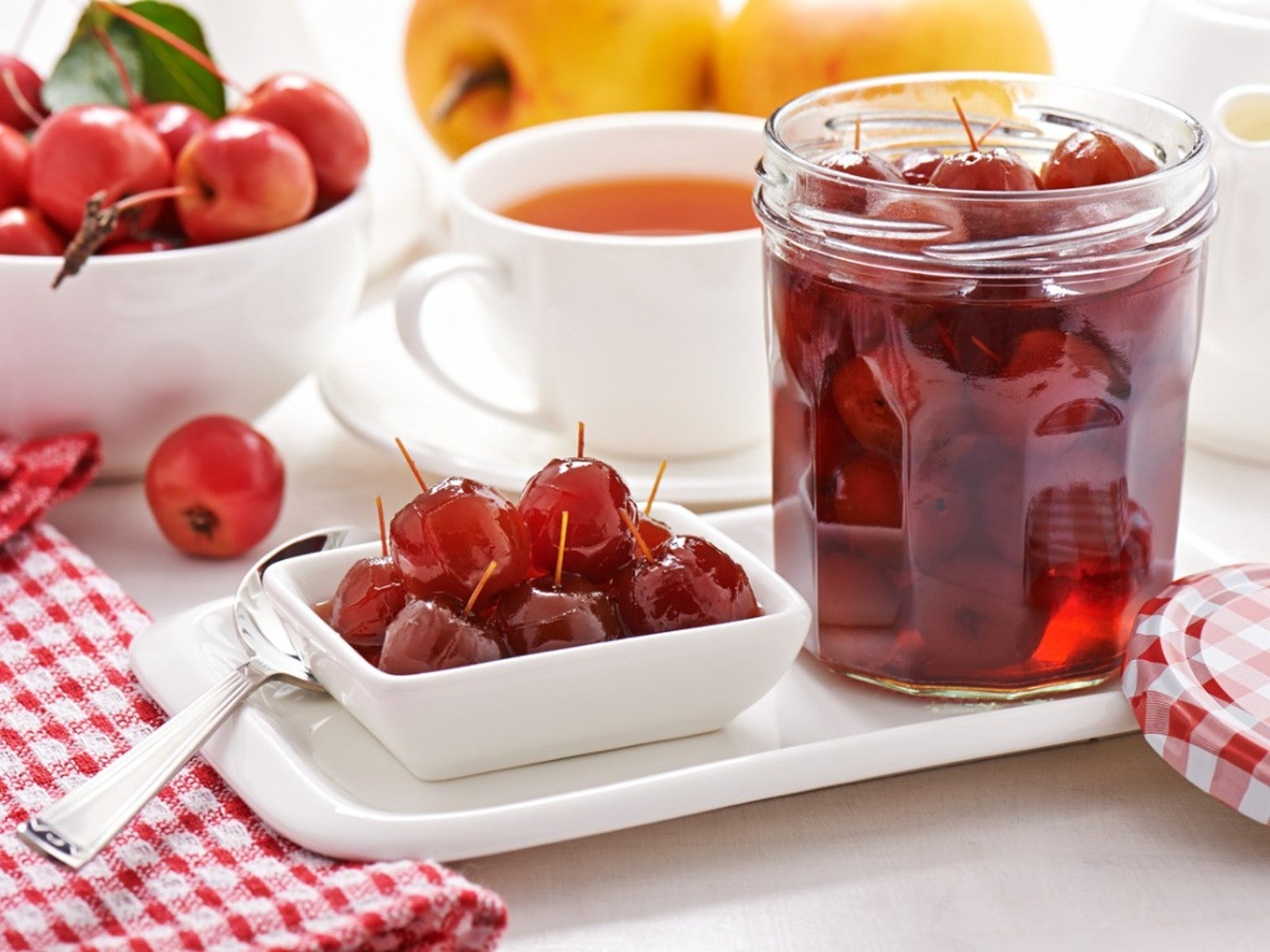 Crabapples Recipe Ideas To Add To Your Thanksgiving Menu
Crabapples Recipe Ideas To Add To Your Thanksgiving MenuCrabapple preserves make a delightfully tart treat. Learn here how to make a simple crabapple jelly.
By Bonnie L. Grant
-
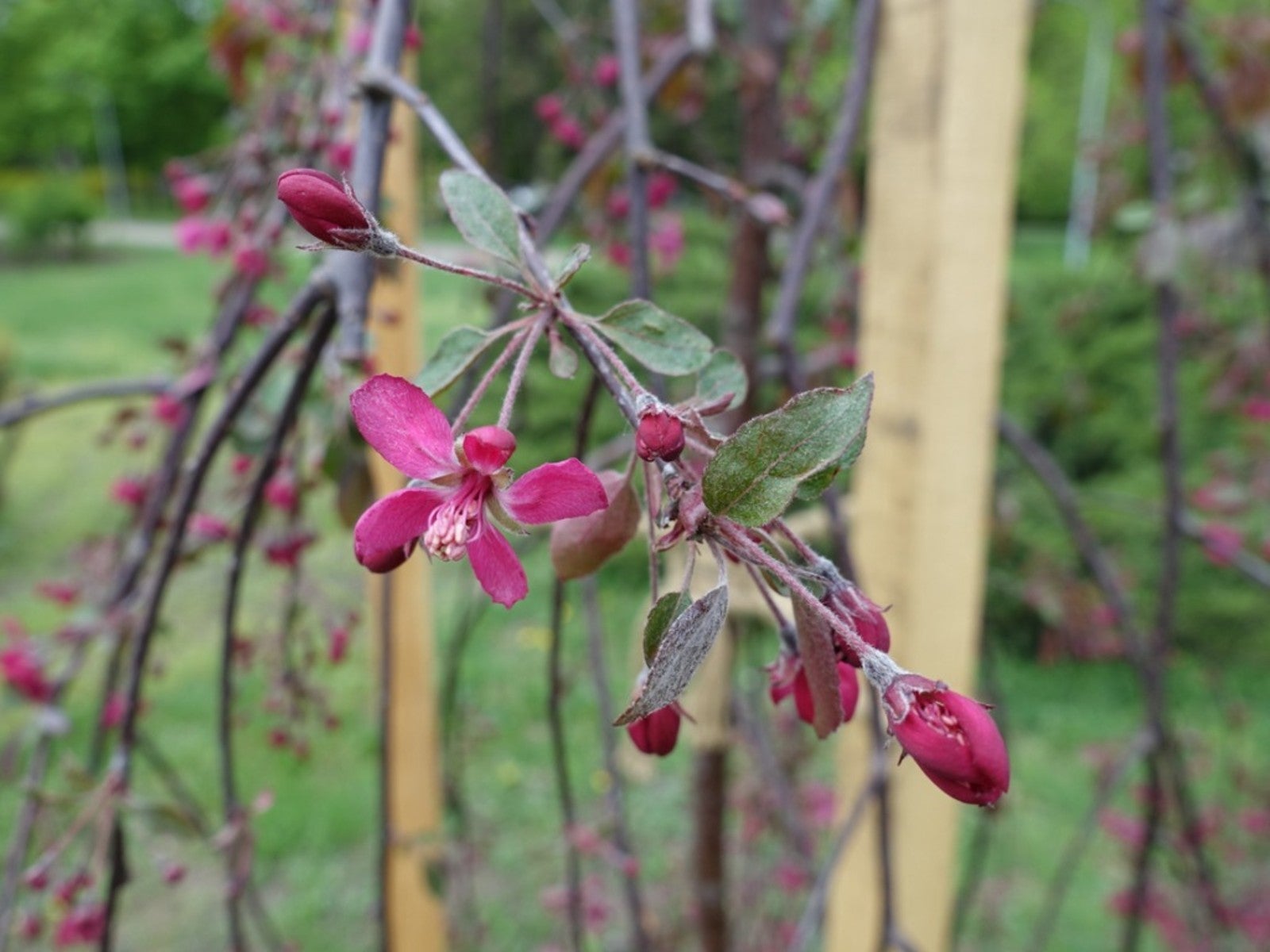 Weeping Crabapple Pruning – Tips For Trimming A Weeping Crabapple
Weeping Crabapple Pruning – Tips For Trimming A Weeping CrabappleTrimming a weeping crabapple is essential to keeping it healthy and blooming. If you are wondering how to prune a weeping crabapple, read on for info and tips.
By Teo Spengler
-
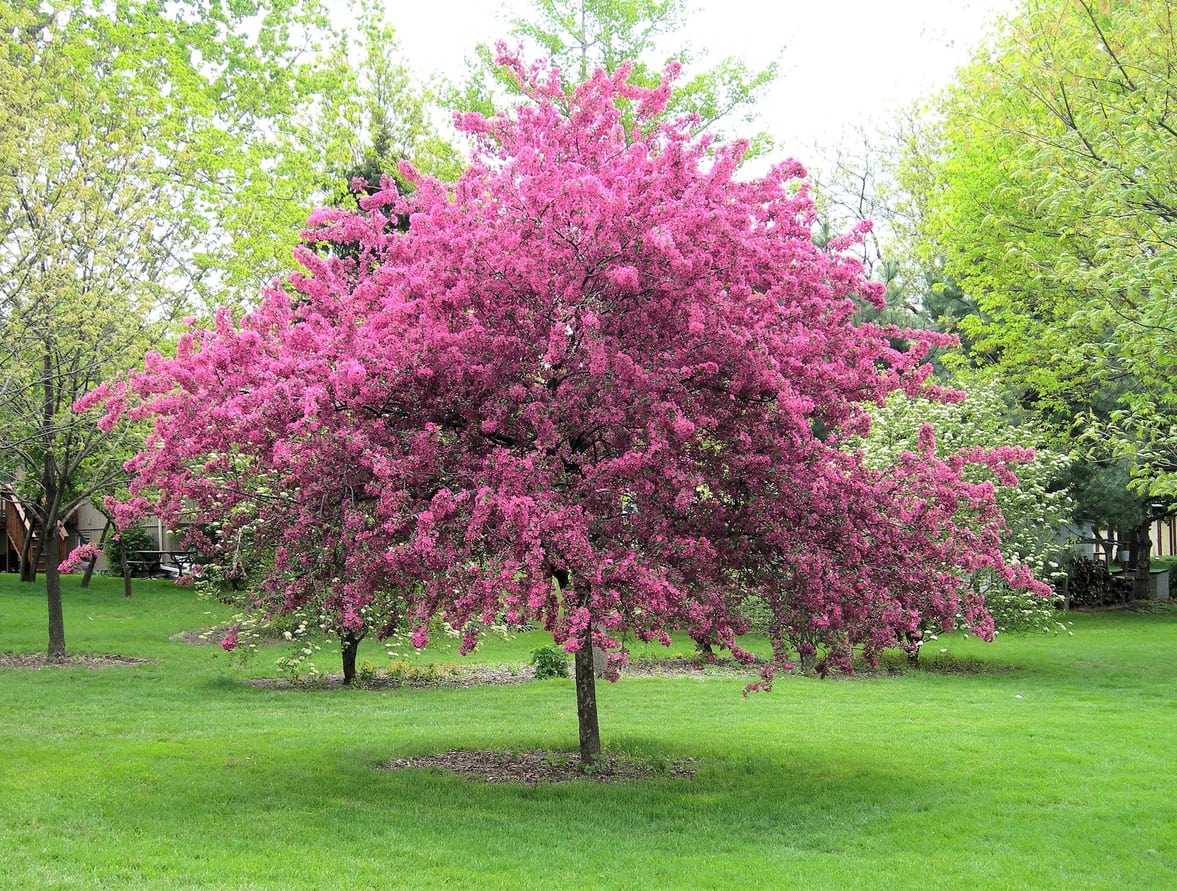 Crabapple Feeding Requirements: Learn How To Fertilize A Crabapple Tree
Crabapple Feeding Requirements: Learn How To Fertilize A Crabapple TreeFlowering crabapple is a popular ornamental tree that many people choose for landscaping for the attractive shape, spring flowers, and low-maintenance needs. Despite its hands-off nature, feeding a crabapple may be necessary to promote growth and health. Learn more here.
By Mary Ellen Ellis
-
Ralph Shay Crabapple Care: Growing A Ralph Shay Crabapple Tree
Ralph Shay crabapple trees are mid-sized trees with dark green leaves and an attractive rounded shape. These crabapples are on the large side and are suitable for growing in USDA plant hardiness zones 4 through 8. Click this article to learn more about them.
By Mary H. Dyer
-
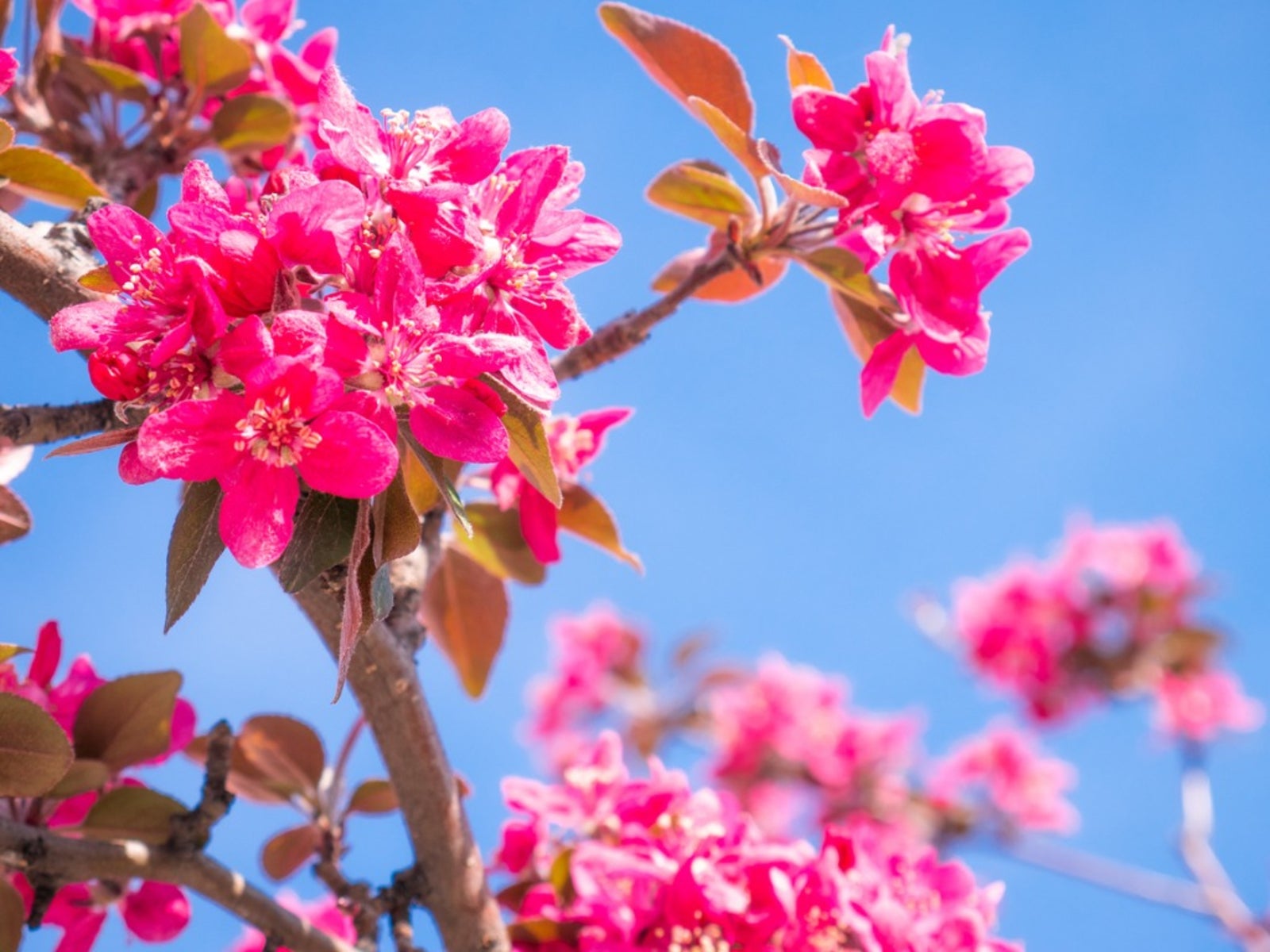 Royal Raindrops Crabapples – Learn About Growing A Royal Raindrops Tree
Royal Raindrops Crabapples – Learn About Growing A Royal Raindrops TreeRoyal Raindrops flowering crabapple is a newer crabapple variety with bold pinkish-red flowers in spring and dark green leaves that turn a bright coppery red in autumn. Interested in growing a royal raindrops tree in your garden? Click here for more information.
By Mary H. Dyer
-
Adams Crabapple As A Pollinizer: Tips For Growing An Adams Crabapple Tree
Beautiful the tree may be, but there is another important reason for growing an Adams crabapple; it is a great choice for pollinating other varieties of apple. Click here to find out how to grow an Adams crabapple and information about Adams crabapple care.
By Amy Grant
-
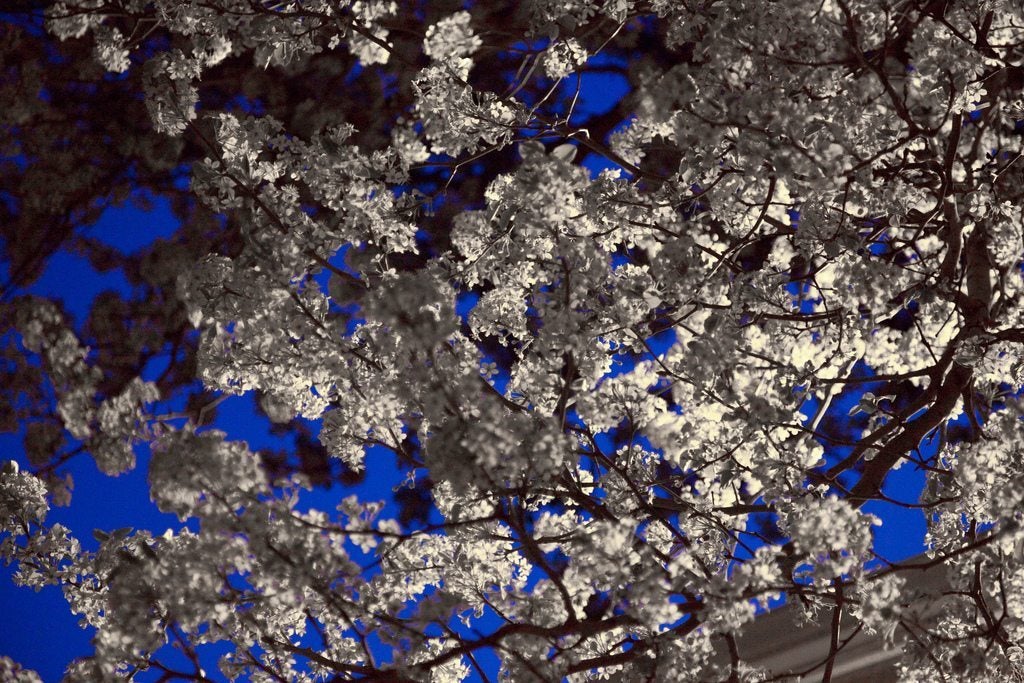 Spring Snow Crabapple Care: How To Grow A Spring Snow Crabapple Tree
Spring Snow Crabapple Care: How To Grow A Spring Snow Crabapple TreeIf you are looking for a fruitless crabapple tree, you might want to think about growing "Spring Snow" crabapples. Click on the article that follows for tips on how to grow a "Spring Snow" crabapple and other information.
By Teo Spengler
-
Camzam Apple Info: Learn About Camelot Crabapple Trees
Even if you lack a large garden space, you can still grow one of the many dwarf fruit trees such as the Camelot crabapple tree. Find out how to grow a Camelot crabapple and other Camzam apple info related to Camelot crabapple care in this article.
By Amy Grant